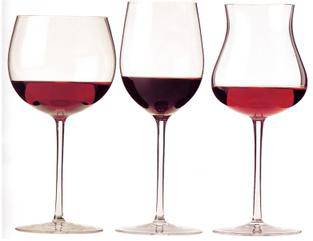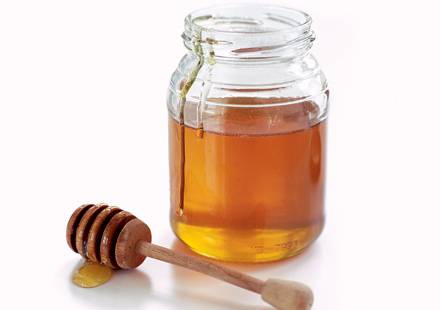
- Two decades of feasible studies have shown that red wine can reduce the risk of heart disease and heart attacks by 60%.
- The Mediterranean diet, which includes a moderate amount of wine, has been proved to reduce the risk of Type 2 Diabetes by up to 83%.
- It is thought that polyphenols which are present in wine block and / or neutralize toxic plaque that would normally kill brain cells in Alzheimer patients.
- Some studies have also shown a 56% reduction in risk of Barrett’s Esophageal Syndrome with the consumption of 7-14 glasses of wine ingested throughout the week. Barrett’s is a condition where acid reflux occurs (after ingestion of food) and the acid contents from the stomach cause a burning sensation in the esophagus. This condition has been linked to esophageal cancer.
- Consumption of red wine has shown a 50% reduction in the risk of cataract formation.
- Women consuming one glass of wine a day have also shown a 50% reduction in risk for ovarian cancer. This is especially true when comparisons were made with other alcoholic beverages such as beer and spirits.
- Men consuming from one to two glasses of red wine a day also showed a lung cancer risk reduction – smoking excluded, and a 40% reduction in stroke occurrence.
- A substance in wine called resveratrol has been shown to protect cells from carcinogenesis.
- In certain studies, a glass of wine a day has shown to protect against fatty liver disease since the resveratrol in the wine reduces the production of fat formation in the liver.
- Red wine has also been linked to better digestion of food and it also seems to protect against colon cancer.














